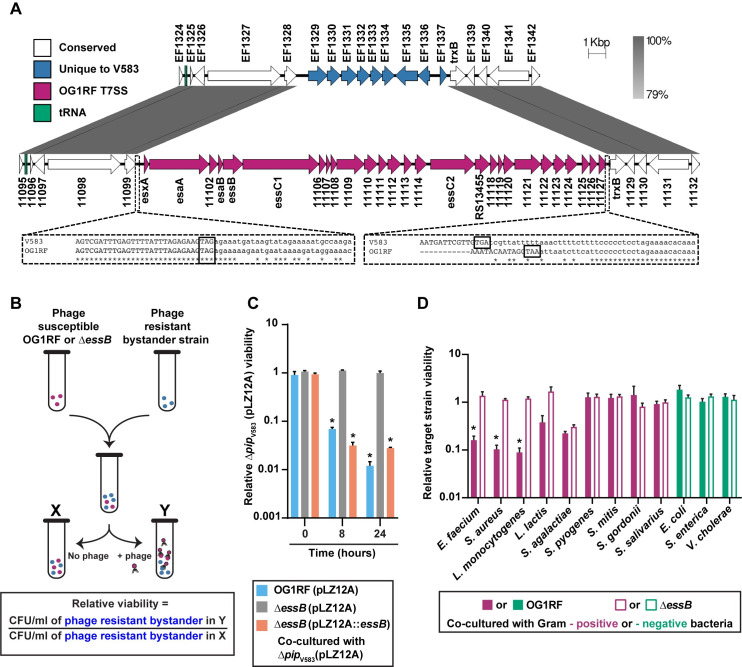Fig 1. Phage mediated inhibition of bystander bacteria is dependent on enterococcal T7SS.
(A) Diagram showing the location of T7SS genes in E. faecalis OG1RF (NC_017316.1) compared to E. faecalis V583 (NC_004668.1). Sequences were obtained from NCBI, and homology comparisons were rendered in EasyFig. Nucleotide alignments generated by Clustal Omega are enlarged for clarity (dashed lines). Stop codons of genes EF1328/OG1RF_11099 and EF1337/OG1RF_11127 are boxed. (B) Schematic representation of the co-culture assay used to assess the viability of bystander bacteria during phage induced T7SS activity of wild type E. faecalis OG1RF and ΔessB. Relative viability of bystander strains is calculated by measuring the ratio of bystander cfus in the phage infected culture compared to the bystander cfus from an uninfected control culture. (C) The relative abundance of viable bystander bacterium E. faecalis ΔpipV583. Complementation of the E. faecalis ΔessB mutant, ΔessB (pLZ12A::essB), restores T7SS dependent bystander inhibition. ΔessB (pLZ12A) is the empty vector control. (D) T7SS inhibition of other bacterial species in the presence and absence of phage infected E. faecalis OG1RF or ΔessB. Data represent three biological replicates. Error bars indicate standard deviation. *P < 0.00001 by unpaired Student’s t-test.

